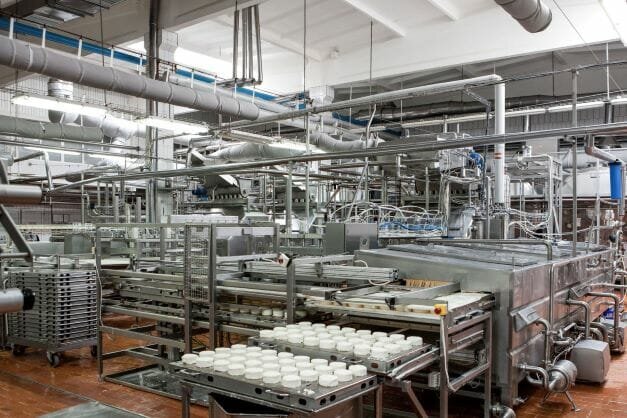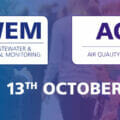No matter what industry or what prevention measures are in place, some scrap is unavoidable. But there is a huge difference between the small amounts of scrap inevitable in everyday processes and the avoidable scrap that comes from a bad run. There are many possible causes, but one of the most overlooked causes of a bad run is down to thermal issues during the process. A quick fix can come from looking at thermal components such as heaters, controllers and sensors in your machinery, as Don McPeak, regional sales manager at industrial heating technology manufacturer Watlow, explains.
As a general rule, the more heat content involved with a manufacturing process, the higher the chances that the scrap being produced is related to a thermal issue. Unlike a material or mechanical issue, a thermal issue might not be as visible to the eye on first inspection. It’s not unusual for there to be several runs of irregular product, or long periods of downtime, before a problem can be pinpointed. Thinking about thermal issues sooner, rather than later, can reduce that downtime.
The impact on different industries
Thermal processes are everywhere in manufacturing today as the application of heat is one of the main ways to shape plastics, metals or rubber. In aerospace applications, parts such as engine brackets, frame parts and wing panels all require some degree of heat treatment. Aerospace manufacturers often have very high standards that they hold vendors to, and improper heat treatment can mean a faulty order.
In food preparation and processing, direct heat is still the primary method of sterilization and cooking food products. Whereas, in medical device components, both forming and sterilizing parts require just the right amount of heat, properly applied. The components often have very fine tolerances, so a single element that is not working appropriately can ruin an entire run.
Warning signs
Besides relying on direct sensor data to indicate a problem, there are few common clues that a thermal issue might be plaguing a process. Firstly, inappropriately heating plastics or metals can cause vertical bands that can suggest a broken or misaligned heating element. Fouling usually means discoloration or sedimentation build-up around the heating element itself, and defected pieces also demonstrate improper heating.
Common issues
Generally, manufacturers should be aware of three kinds of thermal process issues. A defective sensor could be producing incoherent data about heater temperature, or no data at all. This can cause a process to stall if appropriate temperatures are not detected, or cause other heaters to overcompensate and create excess heat. Ideally, sensors in your process should be sending data to a controller or data logger.
When testing sensors, it also helps to pay attention to the ways the sensors are situated. Sometimes a sensor will test in the workshop but still malfunction simply because it is not installed correctly, or has somehow become separated from key parts of the process.
Next, problems can arise with thermal process controls, which focus on single control solutions for each parameter of a given process or piece of equipment. This has made the control of thermal processes complex, slow and prone to errors. Today, modern plants make much more use of proportional–integral–derivative (PID) controllers, set-point controllers and data loggers connected in networks. This allows for much more dynamic control of temperatures, as well as better logging of data. That said, controllers can run into issues as well if a controller has not been set up properly to begin with. It’s worth noting that if there is a control issue, problems tend to be much more systematic.
Finally, there is a chance that a heater itself has failed. This could be indicated by abnormal variations in heater current. To test individual heaters, use an ammeter to check current after taking the appropriate safety precautions. Lack of appropriate current flow is the number one indicator that a heater has failed. Working with a reliable industrial temperature controller manufacturer such as Watlow, can ensure faults are resolved efficiently.
Thermal issues can take place at any time and in any industry, from food processing to medical device manufacturing. By understanding the warning signs to look out for and what could be causing the fault, parts can be replaced, and scrap can be reduced.
To contact Watlow about thermal process issues or to upgrade your existing system, visit watlow.com








